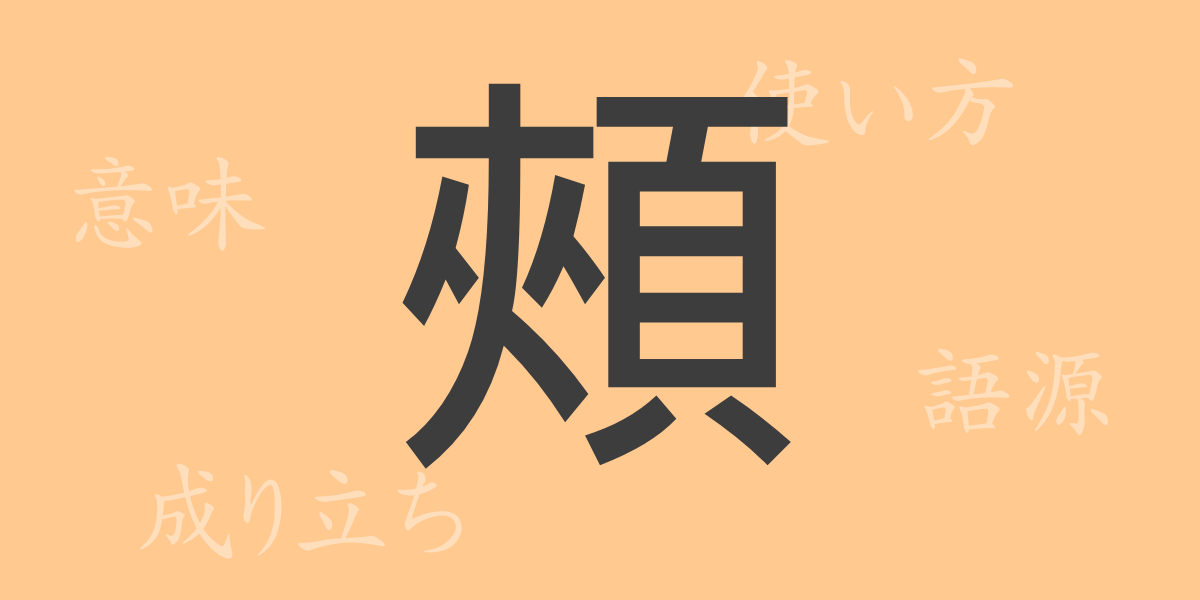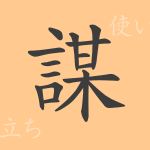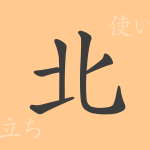In the Japanese language, there are numerous words that richly express emotions and landscapes. “頰(ほお, hoo)” is one of the kanji commonly used in daily life, yet its origins and diverse meanings are not widely known. In this article, we will delve into the historical background and modern usage of the character “頰(ほお, hoo),” rediscovering its charm.
Origins of 頰(ほお, hoo)
The kanji “頰(ほお, hoo)” represents the “cheek,” located on both sides of the face. This character, born in ancient China, combines the phonetic component “頬(きょう, kyou)” with the semantic component “夾(きょう, kyou),” which means to pinch or hold between. This suggests the position of the cheeks. Over time, in modern Japan, “頬(ほお, hoo)” and “頰(ほお, hoo)” are often used interchangeably, but originally, “頰(ほお, hoo)” is considered the correct kanji.
Meaning and Usage of 頰(ほお, hoo)
Directly, “頰(ほお, hoo)” refers to a part of the human face, but metaphorically, it is also used to express emotions. For instance, “頰を染める(ほおをそめる, hoo wo someru)” is used to describe blushing from shyness or excitement. There is also the phrase “頰をつねる(ほおをつねる, hoo wo tsuneru),” indicating an action of surprise or doubt. Thus, “頰(ほお, hoo)” is a versatile kanji that not only refers to a part of the face but also expresses human emotions and actions.
Reading, Stroke Count, and Radical of 頰(ほお, hoo)
“頰(ほお, hoo)” is a kanji used in Japan, with several distinctive features in its reading and form.
- Reading: The on’yomi (音読み) is “キョウ(kyou),” and the kun’yomi (訓読み) is “ほお(hoo)” or “ほほ(hoho).”
- Stroke Count: “頰(ほお, hoo)” has 16 strokes.
- Radical: The radical is “頁(おおがい, oogai),” used to classify kanji related to the head.
Idioms, Phrases, and Proverbs with 頰(ほお, hoo) and Their Meanings
Idioms, phrases, and proverbs containing “頰(ほお, hoo)” showcase the richness of Japanese expression. Here are a few examples:
- 頰笑み(ほほえみ, hohoemi): A word meaning a gentle smile, expressing friendliness or affection.
- 頰を打つ(ほおをうつ, hoo wo utsu): A gesture done when realizing one’s carelessness or foolishness, expressing self-mockery or regret.
- 頰を赤らめる(ほおをあからめる, hoo wo akarameru): To blush from embarrassment or shyness. It also describes blushing from romantic feelings.
Summary of 頰(ほお, hoo)
The kanji “頰(ほお, hoo)” is often used to express rich emotions due to its form. As a commonly used kanji in Japan, this character closely relates to our daily lives and is a key to conveying the beauty of the emotionally rich Japanese language. By understanding and mastering “頰(ほお, hoo),” more expressive communication becomes possible.

























